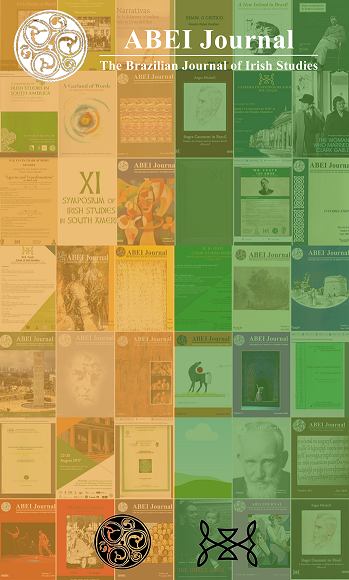Aesthetics vs. Ethics in the Plays of Oscar Wilde
DOI:
https://doi.org/10.37389/abei.v21i2.3377Keywords:
Oscar Wilde; Aestheticism; Plays.Abstract
Oscar Wilde is renowned for the sharp wit of his pithy aphorisms, which are evident throughout his writing. In particular, his dramatic oeuvre demonstrates the enduring qualities of his skill as a playwright. However, one of his most enduring legacy comes from one of his critical writings: the effective separation between aesthetics and ethics. In "The Critic as Artist", one of the essays published in Intentions, in 1891, Wilde draws a distinction between Aesthetics and Ethics, arguing that they belong to different spheres. Wilde’s essay was of seminal importance in altering the way in which works of art were analysed: to this day, morality and utility are no longer considered valid criteria with which to judge the artistic qualities of any creative work. The aim of this article is to discuss Wilde’s plays in the light of his aesthetic criticism, focusing primarily on the separation between aesthetics and ethics, demonstrating that the very aesthetic principles Wilde helped to establish and disseminate are also present in the texts of his plays, since the first tragedy, Vera, or The Nihilists (1882) to his last play, The Importance of Being Earnest (1895).


